介绍
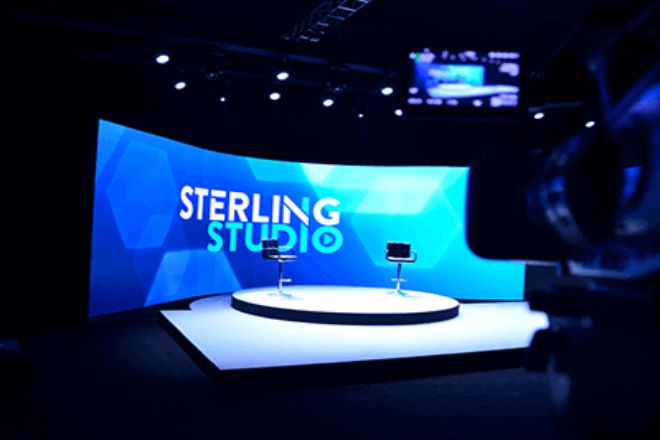
在视觉盛宴的舞台上,FHD(全高清)与LED技术无疑是两颗璀璨的明星,它们携手并进,给我们带来前所未有的视觉享受。
你是否曾惊叹电视上每一处细节的清晰可视性?你是否曾陶醉于色彩绚丽、层次丰富的画面?这背后,是FHD的高清魅力和LED技术的卓越表现。
本文将带你深入探索FHD和LED技术的奥秘,揭秘它们如何协同塑造现代视觉体验。我们将直入主题,清晰分析FHD的优势以及LED的色彩和亮度特性,让你在短短几分钟内对这两种技术有全新的认识。
更重要的是,我们将探索这些技术如何运用到日常生活中,从家庭娱乐到办公学习,乃至更广阔的领域,它们如何让我们的世界变得更加丰富多彩、更加便捷。
1.什么是FHD显示屏?
FHD,全称是全高清,是一种具有 解决 1920×1080像素,此分辨率可以提供清晰细腻的图像,为用户带来优质的视觉体验。
与其他分辨率相比:
- HD(高清晰度):
通常指720p或1080i的分辨率,虽然也能提供比较清晰的画面,但像素数量和画面细节比FHD少,在播放高清视频时,高清分辨率的屏幕可能会显得稍微粗糙,尤其是在大屏幕设备上。
- 4K(超高清):
分辨率为3840×2160像素,是FHD的四倍。4K屏幕在清晰度、色彩还原和细节显示上远超FHD,能带来更真实的视觉体验。不过4K内容相对稀少,对硬件要求较高,价格也相对较贵。
FHD在清晰度上的优势在于其适中的分辨率既能保证画面的清晰度,又不会给硬件带来太大的负担,同时能够兼容绝大多数的应用场景,不过相比于4K,FHD在细节显示、色彩还原等方面还是存在一定的局限性。
1). 技术特点
- 色彩还原能力:
FHD屏幕色彩还原准确度高,能够呈现出丰富逼真的色彩,这得益于其高像素密度和先进的显示技术,使得屏幕上每个像素都能精准表达色彩信息,从而呈现更加真实的画质。
- 细节:
FHD屏幕在画质和文件大小的平衡上表现不错,其适中的分辨率保证了画面的清晰度,又不会导致文件过大,从而保证了在各种设备上的流畅播放。此外,FHD屏幕还支持多种视频格式和编码方式,让用户可以轻松观看各种高清视频内容。
- 兼容性:
FHD屏幕在各种设备上都极为受欢迎,几乎成为市场主流选择。无论是智能手机、平板电脑、笔记本电脑还是电视显示设备,FHD屏幕都得到了广泛的应用。这种高普及度使得FHD内容可以在各种设备之间轻松共享和播放,为用户带来极大的便利。
2). 应用场景
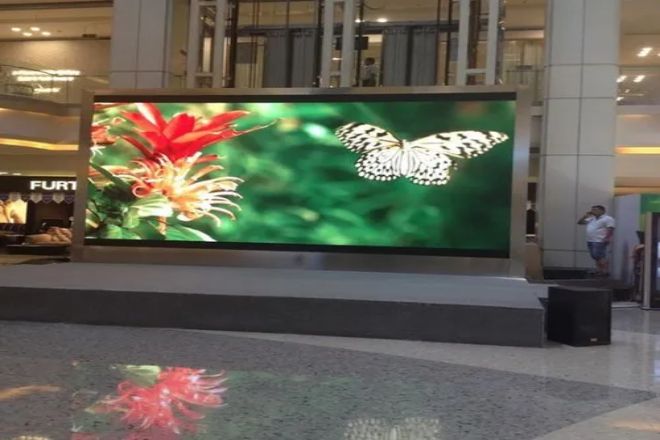
2.1). 商业广告及促销
户外广告牌: FHD LED显示屏常用于城市繁华地段的户外广告牌,通过动态的画面和鲜艳的色彩吸引行人的注意力,增强品牌曝光度和宣传效果。
购物中心 及商场:无论是商场内还是商场外,均可利用FHD LED显示屏播放产品广告、促销信息、品牌宣传视频,为商家提供有效的营销手段。
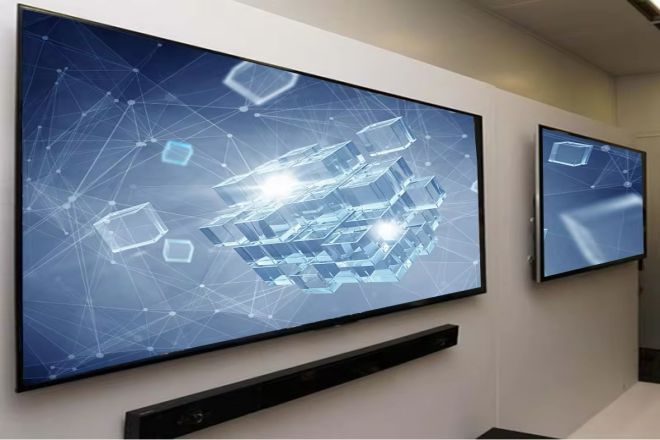
2.2). 家庭娱乐:
FHD电视、投影仪等设备给家庭观影体验带来了质的飞跃,FHD的高清晰度和色彩还原能力让用户在家中就能享受到接近影院级别的视觉体验。
无论是观看电影、电视剧等高清内容,还是 运动的 活动中,FHD屏幕可提供清晰流畅的播放效果。
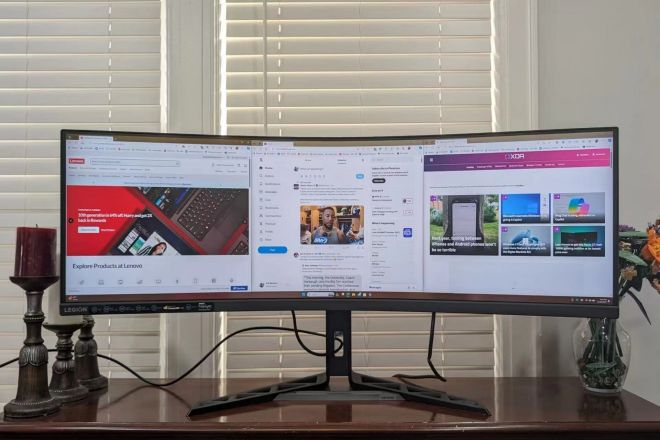
2.3). 办公及学习:
FHD屏幕在显示器、笔记本电脑等办公学习设备上也被广泛应用,其高清、舒适的视觉体验能有效提高用户的工作效率和学习效果。
同时,FHD屏幕还支持多种办公、学习软件的应用,让用户可以更加便捷地进行文档编辑、图片处理、视频编辑等操作。
此外,FHD屏幕还能有效缓解长时间使用电脑带来的视觉疲劳,保障用户的视力健康。
2.LED显示屏简介
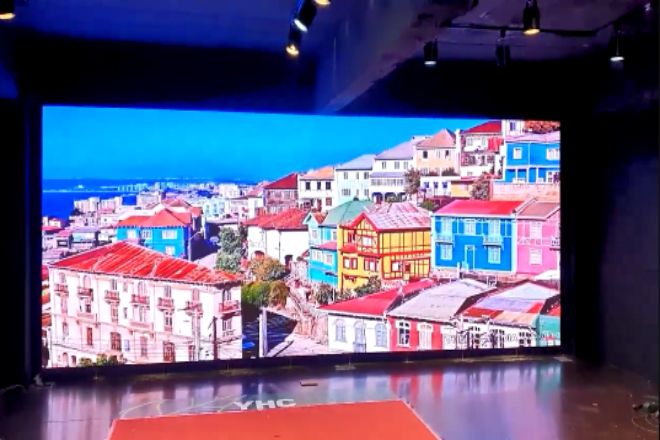
LED显示屏发光二极管(Light Emitting Diode),全称是发光二极管(Light Emitting Diode),是一种能将电能转化为光能的半导体器件,其发光原理是基于半导体材料的电致发光效应。
当电流通过半导体PN结时,电子与空穴复合,释放能量,以光子的形式发光,LED显示屏具有高效、长寿命、环保等显著优点。
LED的优点:
高效:LED显示屏光源发光效率高,能将更多的电能转化为光能,减少能源浪费。
长的 生活:LED显示屏使用寿命长,一般可达数万小时,远远超过传统光源。
环保:LED显示屏不含汞等有害物质,在生产和使用过程中不会污染环境,符合绿色环保理念。
1). LED显示技术
1.1).背光技术分析:
- 直接背光:
LED灯珠排列在液晶面板的正后方,提供均匀充足的光源。
这种方法可以提高画面的亮度和对比度,但可能会导致屏幕厚度和能耗增加。
- 侧入式背光:
LED灯珠排列在屏幕边框处,通过导光板将光线均匀分布到整个屏幕,这种方式有利于减少屏幕厚度和能耗,但在特定角度下可能会存在亮度不均匀的问题。
1.2).色彩管理及亮度调节:
- 色彩管理:
LED显示屏通过精确控制红、绿、蓝三基色LED的亮度和比例,实现丰富的色彩表现,先进的色彩管理技术可以提高色彩饱和度和准确度,使画面更加生动逼真。
- 亮度 调整:
LED显示屏支持智能调光技术,可根据环境光和观看需求自动调节屏幕亮度,不仅可以提高观看舒适度,还能有效节省能源。
2). 优势与挑战
2.1).优点:
亮度高:LED显示屏亮度较高,即使在强光环境下也能保证图像清晰可见。
色域广:通过精确控制LED的发光特性,LED显示屏可以覆盖更广泛的色域,呈现更丰富的色彩。
响应时间快:LED显示屏的响应时间极短,能够快速响应图像信号的变化,减少拖影、模糊。
2.2). 挑战:
能耗控制:随着LED显示屏亮度、分辨率的提高,其能耗也随之增加,如何在保证画质的同时降低能耗是当前面临的一个重要挑战。
色彩一致性:由于LED灯珠发光特性的差异,如何保证整屏色彩的一致性是另一个需要解决的问题。
降低成本:LED显示屏虽然在性能上具有明显的优势,但其制造成本仍然较高,如何进一步降低成本以促进其推广应用是当前行业关注的重点之一。
3.FHD与LED显示屏的融合及区别
1). 组合应用
- FHD+LED组合产品的普及及优势:
在市场上,FHD(全高清)与LED(发光二极管)技术的结合非常常见,尤其是在电视领域,LED背光FHD电视就是这种组合的典型代表。
这一组合充分利用了FHD的高分辨率和LED背光的高亮度、广色域的特点,为用户提供更优质的视觉体验。
LED背光技术可以大幅提升FHD电视的亮度水平,使得在明亮的环境下,画面依然清晰可见。同时,LED的广色域特性也让色彩表现更加鲜艳丰富。
例如在商业展览中心,所有参展商都希望以最吸引人的方式展示自己的产品或服务,此时一块巨大的FHD+LED显示屏便成为了展会的焦点。
这块显示屏不仅占据了展区的一面墙,还凭借出色的画质和亮度吸引了大批参观者。
- 如何进一步提高展示效果:
FHD+LED的组合不仅提升了电视的显示效果,也满足了用户对于高清画质、出色色彩表现的需求。为了进一步提升显示效果,厂商也在不断优化LED背光技术、色彩管理技术等。
比如采用更先进的LED灯珠、更精密的背光分区控制技术等,可以进一步提高画面的对比度和色彩均匀度。
同时,智能调光技术和色彩校准技术,可以保证在不同灯光环境下达到最佳显示效果。
2). 技术对比
2.1). 显示效果
2.1.1). LED显示屏:
高亮度:LED显示屏通常亮度较高,适合在户外或者强光的环境中使用。
广色域:LED显示屏可以覆盖更广的色域范围,呈现更加明亮、丰富的色彩。
动态对比度:由于LED灯珠的快速响应能力,LED显示屏在动态对比度方面表现良好,适合播放快速变化的视频内容。
2.1.2). FHD显示屏:
高分辨率:FHD 分辨率确保图像和视频的清晰度和细节。
色彩还原:根据具体的显示技术(如LCD或OLED),FHD显示屏可以呈现更真实的色彩。
可视角度:采用LCD等技术的FHD显示屏在可视角度上可能会受到一定的限制,但是采用OLED等技术的FHD显示屏的可视角度则更广。
2). 应用场景
- LED显示屏:
主要应用于户外广告牌、体育场馆、舞台背景、交通指示牌、信息发布、等需要高亮度、广视角的场合。
同时,随着技术的发展,LED显示屏也逐渐进入室内商业显示领域。
- 全高清显示屏:
广泛应用于电视、电脑显示器、手机、平板电脑等消费电子产品,以及医学影像、设计绘图等专业显示设备。
3). 功能对比
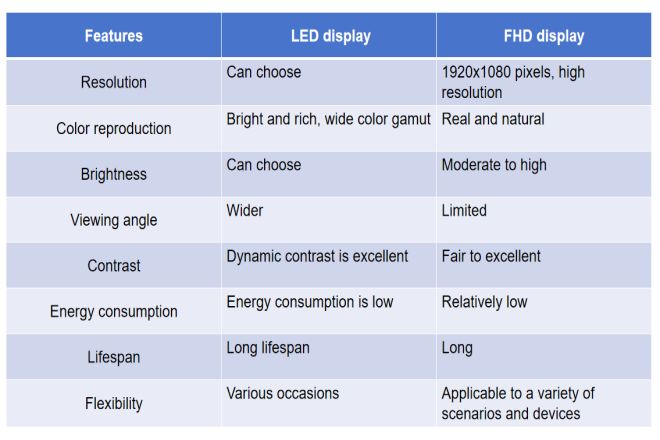
4. FHD显示屏与LED显示屏未来发展
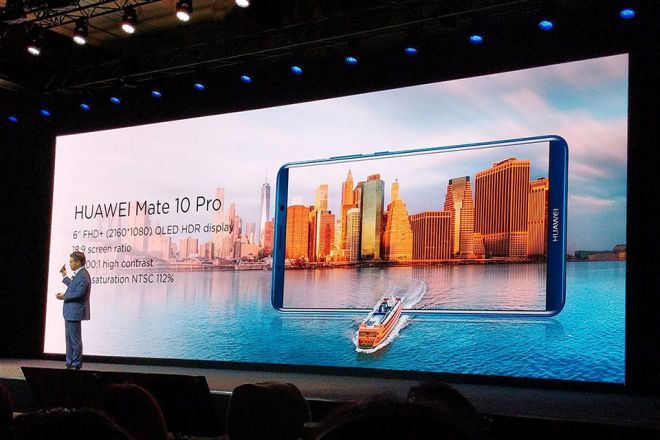
1).LED显示屏未来发展
1.1). 市场规模增长
随着内需的逐步恢复和技术的不断进步,LED显示屏市场将迎来持续的增长。
根据中商产业研究院预测,2024年LED显示屏市场将逐步复苏,市场规模将增至634亿元(数据来源:GGII、中商产业研究院)。
另一方面,中经产业研究院的数据显示,2022年中国LED显示屏市场规模将达到635亿元,预计2023年将增长至684亿元,呈现平稳的增长趋势。
1.2). 技术进步与创新
- Mini/Micro-LED 技术:
Mini/Micro-LED作为新一代核心显示技术,具有高显示效果、低功耗、高集成度、高技术寿命等优异特性。
这些技术不仅提升了显示效果,也推动了LED显示屏在更多领域的应用,如可穿戴设备、便携式消费电子、车载显示等。
- 虚拟像素技术:
该技术在不增加间距成本的情况下提高了显示屏分辨率,成为目前既强调“省钱又要好画质”的LED直显行业关键技术之一。
根据ISLE 2024展会观察,虚拟像素技术已经成为整个行业“先推”的战略技术。
- MiP封装技术:
MiP封装技术作为Micro LED应用的降本增效解决方案,降低了Micro LED普及的技术门槛,加速了其在市场的普及。
1.3). 应用场景拓展
LED显示屏的应用场景将更加广泛,涵盖广告、传媒、商业显示、 阶段 表演, 智慧城市、虚拟现实等领域。
特别是在智慧城市建设中,LED显示屏将成为城市信息传播和管理的重要工具。
随着VR/AR/XR技术的普及和应用场景的扩大,LED显示屏在虚拟拍摄、影院等方面的应用也表现出较高的市场活力。
1.4). 智能化、一体化
LED显示屏将更加注重与物联网、大数据、云计算等技术的深度融合,实现远程监控、智能控制、数据分析等功能,为用户提供更加便捷、高效、智能的显示解决方案。
2).FHD(全高清)LED显示屏未来发展
2.1). 市场份额变化
虽然FHD(1080P)产品仍是市场主流,但其市场份额正在受到QHD(2K)和UHD(4K)产品的蚕食。根据洛图科技的报告,2024年上半年,FHD产品占据了近50%的市场份额,但同比下降了5个百分点。
随着多媒体内容的普及以及高清影音内容的增多,用户倾向于购买显示效果更佳的QHD、UHD显示器,以获得更加身临其境、细腻的视觉体验。
2.2). 技术升级与替代
在某些特定领域,例如智能手机显示屏,FHD+ 分辨率(介于 FHD 和 WQHD 之间)正在取代传统的 FHD 分辨率。
这一趋势在安卓智能手机中尤为明显,对FHD+分辨率OLED的需求大幅增加,受华为Mate 60系列等产品的推动。
不过在LED显示屏领域,FHD分辨率产品短期内仍将是市场的重要组成部分,但随着技术的进步和市场需求的变化,其市场份额或将不断受到更高分辨率产品的挤压。
2.3). 应用场景依旧
尽管面临高分辨率产品的竞争压力,但FHD LED显示屏在商业广告、信息发布、会议演示等场合依然有着广泛的应用场景,这些领域对于显示效果的要求相对宽容,FHD分辨率已经可以满足大部分需求。
结论
综上所述,FHD与LED技术是当前显示领域的两大支柱,各自具有独特的优势和广泛的应用场景。FHD以其出色的清晰度为我们带来了前所未有的视觉细节体验,而LED技术以其高效率、广色域为显示设备注入了新的活力。
二者的结合催生了一系列性能优异、体验出色的显示产品,极大的丰富了我们的视觉生活。
最后,如果你想了解更多关于LED显示屏的信息, 请与我们联系。
